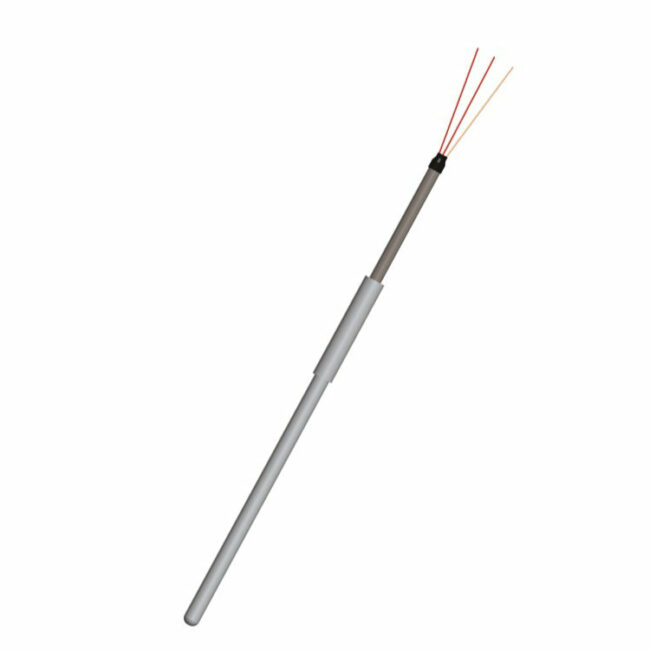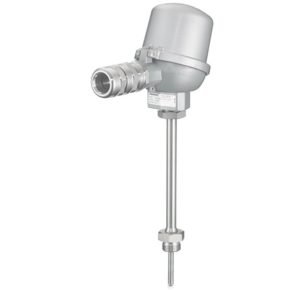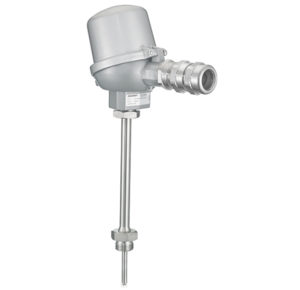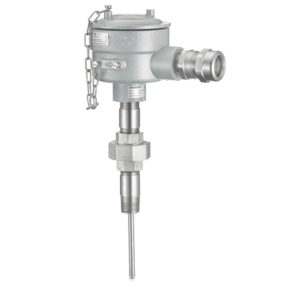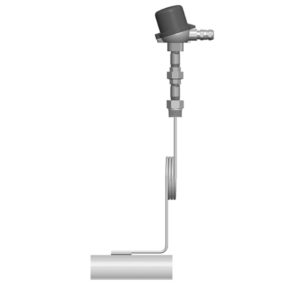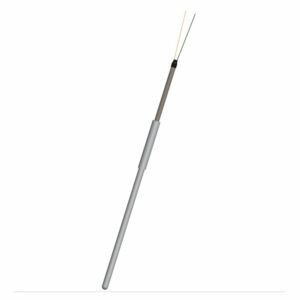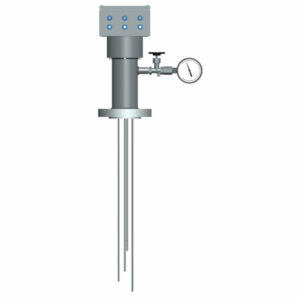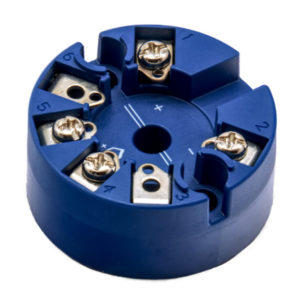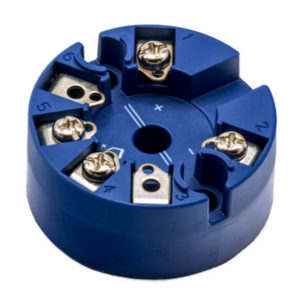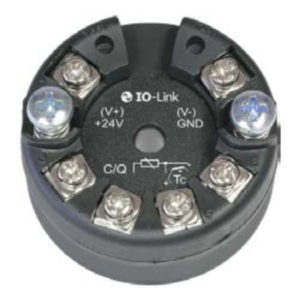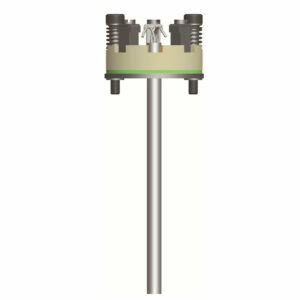

S81 RTD Temperature Probe
S81 RTD Temperature Probe
Features & Properties
Use & Application
Downloads
Features & Properties
Use & Application
Downloads
Data Sheets
Installation + Maintenance
Declaration of Conformity
Industry Brochures
S81 RTD temperature probe with mineral insulation, available with optional connectors.
Key Features
Mineral Insulated Inset
Flexible configurations with other without lead wires and connectors
Intrinsically Safe and Non-Incendive designs available
Markets & Applications
Machine Automation
Industrial Ovens
Engine Monitoring
Pumps and Compressors
- Specifications
- Downloads
Stem length
50 ... 3000 mm
Stem Diameter
3 mm, 4.5 mm, 6 mm, 8 mm
1/8", 3/16", 1/4"
Wiring Configuration
2 wire single or dual
3 wire single or dual
4 wire single or dual
Ranges
Pt100: -200 ... 600°C
Pt1000: -40 ... 600°C
Accuracy
Class A
Class B
Class AA
Data Sheets
Installation + Maintenance
Declaration of Conformity
Industry Brochures
- Category: Electronic Temperature Devices
We’re glad to be there for you personally.
Siamo personalmente a vostra disposizione!
Nous sommes personnellement là pour vous.
Şahsen yanınızda olmaktan mutluluk duyuyoruz.
We zijn blij dat we er persoonlijk voor u kunnen zijn.
Wir sind persönlich für Sie da!
Siamo personalmente a vostra disposizione!
Nous sommes personnellement là pour vous!
Select your Region!

